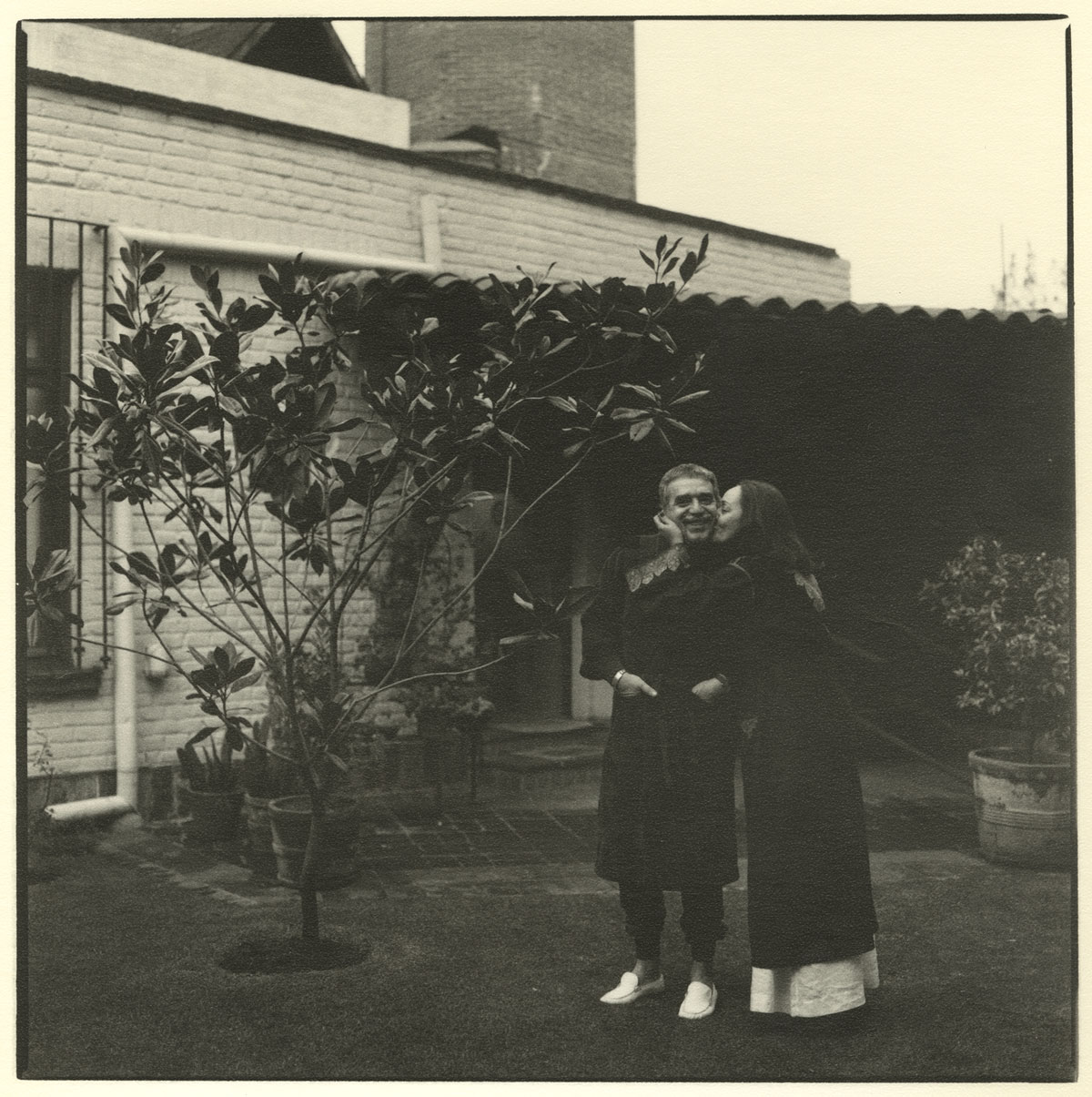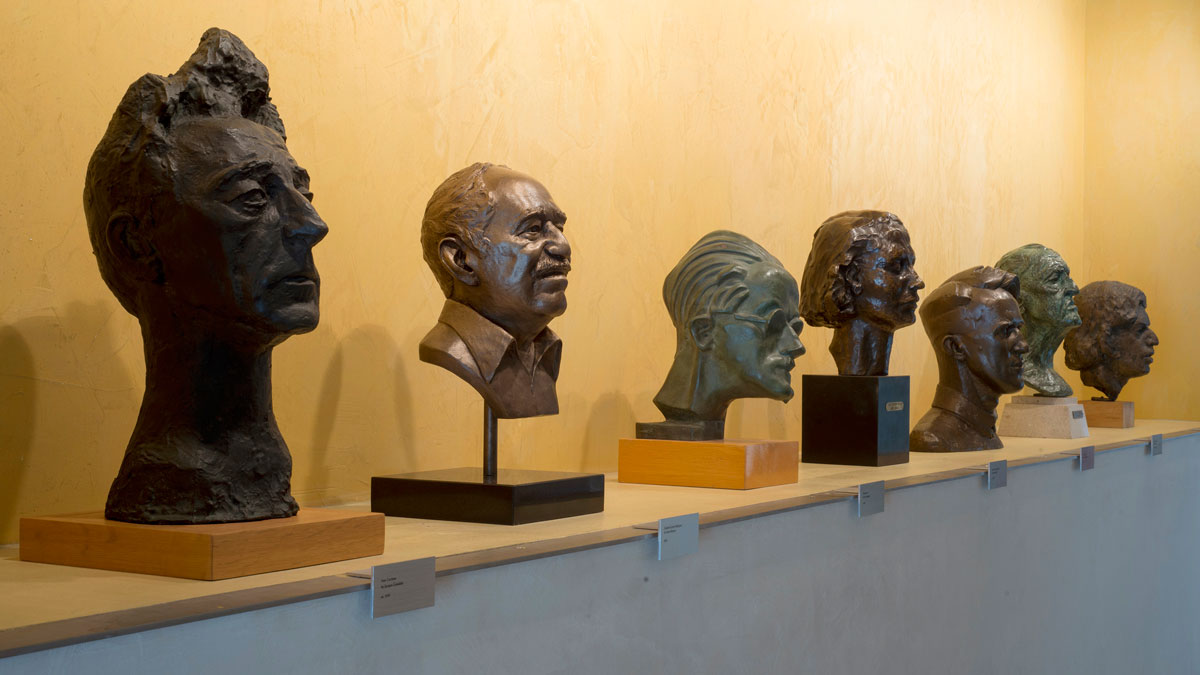
The archive of Nobel Prize-winning author Gabriel García Márquez (1927–2014) is open for research.
Finding aids for the archive are available in English and Spanish. Also available is a selection of digitized materials from the archive.
More than 75 boxes of documents constitute the archive of the Colombian-born author, journalist, screenwriter and key figure in Latin American history and politics. Researchers will have access to manuscript drafts of published and unpublished works, correspondence, 43 photograph albums, 22 scrapbooks, research material, notebooks, newspaper clippings, screenplays and ephemera.

García Márquez’s archive also contains digital materials such as files from computer hard drives that will be processed and made available in the future. Other materials in the archive, most notably photographs, received preservation and conservation treatments by Ransom Center conservators, allowing accessibility.
The Ransom Center has already begun to supplement the archive by acquiring additional materials that illuminate both the personal and professional activities of the author. A recent acquisition includes 48 letters written by García Márquez to Colombian writer Plinio Apuleyo Mendoza between 1961 and 1971. The letters reveal García Márquez’s thoughts about his work and his life, including difficulties and successes with writing.
Other collection additions include a carbon typescript of García Márquez’s El colonel no tiene quien le escribe (No One Writes to the Colonel), handwritten notes on personalized notecards, typed letters and a copy of El general en su laberinto (The General in His Labyrinth) with more than a dozen emendations in the author’s hand.
“Archives are very organic things that evolve and grow,” said Ransom Center Director Steve Enniss. “Implicit in that is a responsibility to continue to add successive material that complements and extends the archive. The opening of the García Márquez archive on the UT Austin campus is not the end of the story; it’s just the beginning.”

In addition to García Márquez, other Nobel laureates represented in the Ransom Center’s collections are Samuel Beckett, J. M. Coetzee, T. S. Eliot, Ernest Hemingway, Doris Lessing, George Bernard Shaw, Isaac Bashevis Singer, John Steinbeck and W. B. Yeats.
Supporting the archive is the university’s LLILAS Benson Latin American Studies and Collections, a partnership between the Teresa Lozano Long Institute of Latin American Studies and the Nettie Lee Benson Latin American Collection. LLILAS is regarded as one of the strongest Latin American studies programs in the country, and the Benson Collection is recognized as one of the world’s premier libraries focusing on Latin American and U.S. Latina/o studies.
LLILAS Benson Latin American Studies and Collections and the Ransom Center will commemorate the opening of the archive with the symposium “Gabriel García Márquez: His Life and Legacy” Oct. 28–30 in Austin.
International scholars, journalists, filmmakers and former colleagues of García Márquez’s will speak about his global influence in the fields of journalism, filmmaking and literature. Registration is full, but the symposium will be webcast live in English and Spanish via hrc.utexas.edu.
Panel topics include “Gabo the Storyteller,” “Global Gabo,” “Gabo the Journalist” and “Cinematic Scribe and Muse.” Panelists hail from Colombia, Mexico and the United States.
Author Salman Rushdie will deliver the opening keynote address Oct. 28. Journalist and author Elena Poniatowska will provide the closing keynote Oct. 30.
A selection of materials from the García Márquez archive is on display in the Ransom Center’s lobby through Nov. 1. Researchers can access the archive in the Ransom Center’s Reading and Viewing Room. The Ransom Center annually awards more than 50 fellowships to support short-term residencies for research projects that require substantial on-site use of its collections.